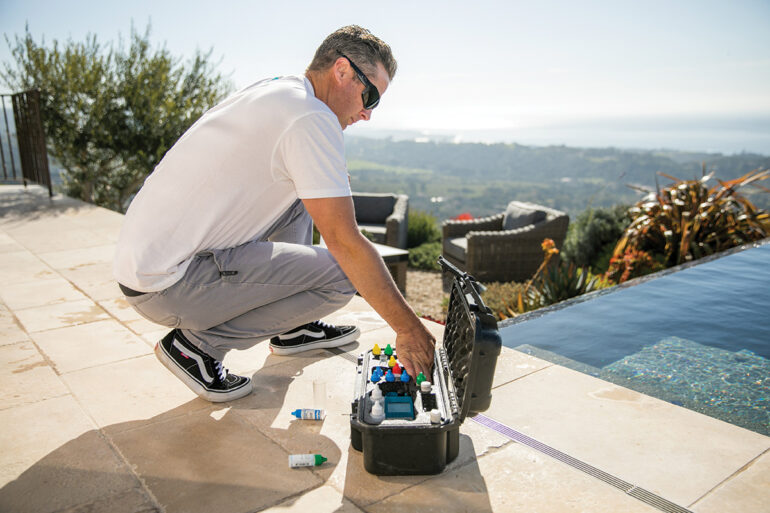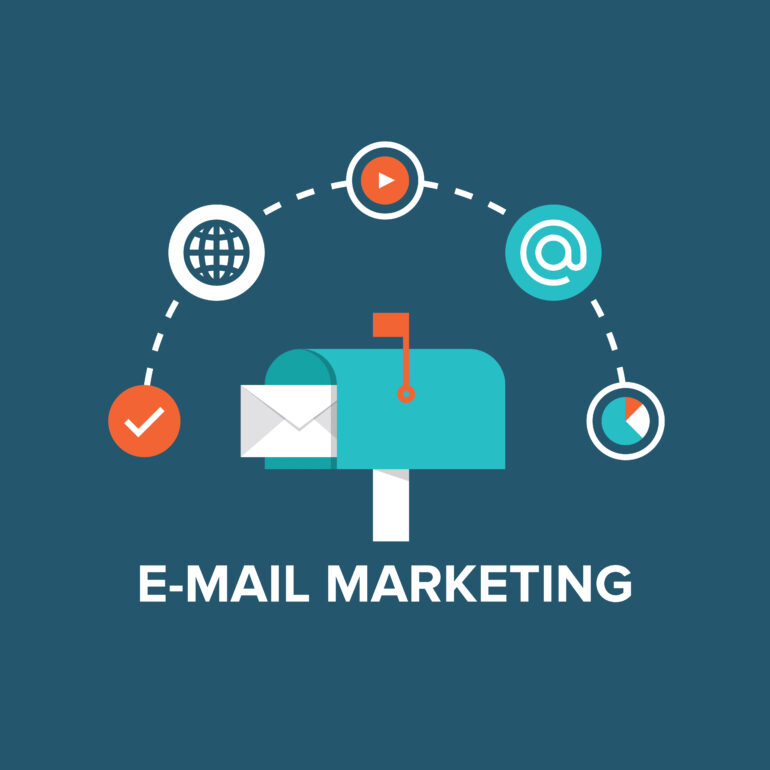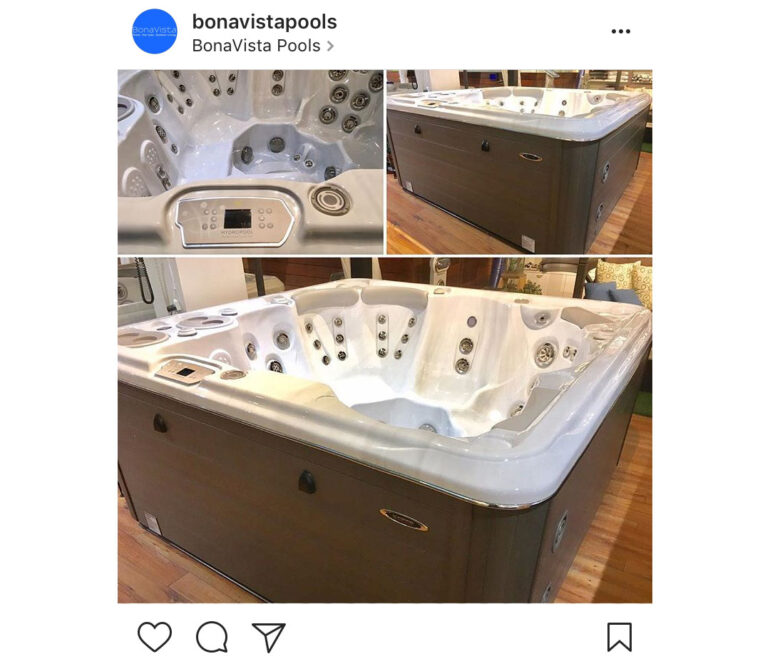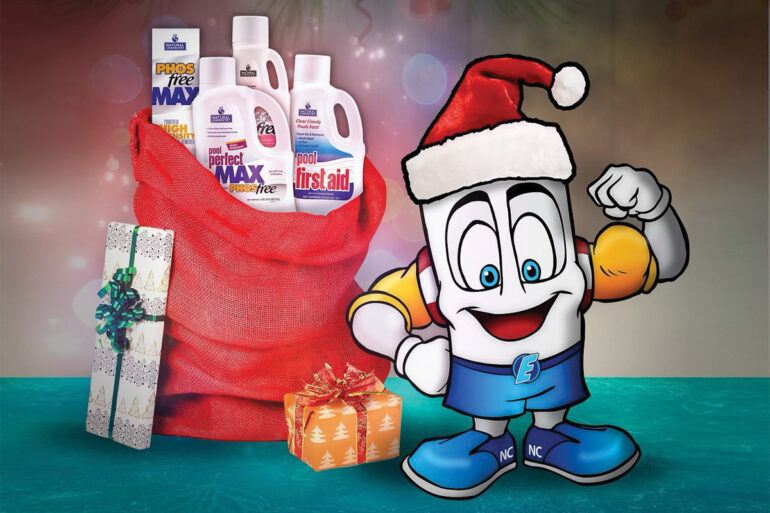Get a Grip on Drip Marketing

Business owners who want to reach their customers on a more personal level have relied on drip marketing campaigns for many years now, but despite being a widely utilized practice, many newer business owners still don’t know what such a campaign entails, while others may not understand how to find the balance between direct marketing and direct badgering.
A drip campaign is a series of automated emails sent to potential and current customers. Each email shares information that might be useful or interesting to the audience, based on a particular topic or customer activity.
Email is a highly effective way to market to pool customers, especially the millennial generation, who are quickly becoming a target audience according to Kristan Hart, chief operating officer of The Get Smart Group marketing agency in Angels Camp, California.
Additionally, while recent changes to iOS phone privacy laws make it harder to serve customers with digital advertisements, email is a great way to reach them on their digital devices.
“Whoever holds the email address holds the key,” Hart says. “It is so important you have email addresses for all your customers because that’s almost a foolproof way to market to them.”
Drip campaigns can build trust, save time
According to Hart, drip campaigns provide more personalized customer service with less burden on sales and service staff. With modern bulk email platforms, like Mailchimp, Constant Contact, HubSpot and others, emails can be personalized and segmented to speak to specific audiences.
“It opens the opportunity for conversation,” Hart says. “The customer feels like they are getting personalized customer service.”
Customers interested in purchasing a pool often have similar questions. Through a drip campaign, pool professionals can answer those questions before the customer even asks, which builds company credibility and earns customer trust, according to Ben Poggemiller, co-owner of Urban Life Pools & Hot Tubs in Steinbach, Canada.
“It also allows you to control the sales process and creates consistency, because everyone who enters the sales pipeline is getting the same messaging and information exactly the way you want it every time,” he says.
Additionally, drip campaigns can be useful for nurturing current customer relationships. SSG Pools, headquartered in Billerica, Massachusetts, uses them to teach customers about pool installation, with each email educating the customer on the next phase of the process, explains Kelly Michael Skelton, director of marketing at SSG Pools and co-founder of home improvement blog, Backyardassist.com.
The company often uses drip campaigns to help customers maintain their own pools, he adds. These campaigns cover basic issues like cleaning pump baskets and deep end skimmers, adjusting water levels, or vacuuming a pool. This saves the customer thousands of dollars in service fees each year and allows the company’s service professionals to focus on the more difficult service calls.
“We found that it’s difficult to scale the service and maintenance end of our business because talent is hard to come by and training takes a lot of time,” Skelton says. “If we can help customers solve their own problems, they save money, and we save time and have sufficient capacity.”
Planning drip campaign content timing
Timing is key, especially in the beginning of a drip campaign. Once staff receive a new customer email address, they need to drop that address in the drip campaign pipeline quickly, following up with the customer right away. Hart suggests campaigns start with more frequent emails in the beginning and less as time passes. An average rate, she says, might be four to five emails the first week; one per week the next three weeks; and one per month after that.
The overall length of a drip campaign can vary greatly, depending on the topic. Because a pool is a large purchase, many people may wait a long time before making their final decision. Therefore, Hart says, a drip campaign for sales leads should last around two years.
“You want to stay top of mind,” she says.
No matter the length, audience or topic, Poggemiller suggests every email include a clear way for customers to move to the next step of the buying process. This can be as simple as replying to the email, filling out a form or clicking a link to talk to a sales representative.
“If they’re ready to jump the line and enter into a buying conversation, I want to make sure they have an easy way to do that,” Poggemiller says.
Setting up a drip campaign
The first step to setting up a drip campaign is to make sure customer email addresses are on file. This information is as important as the customer’s name and phone number, according to Hart. Companies can obtain email addresses from potential customers in a variety of ways, including website forms, raffles, inviting those receiving paper mail to “go paperless” and asking for emails from those who walk in a store expressing interest in purchasing a pool.
With a solid collection of email addresses, companies should sign up for a bulk mail platform. These online systems allow the company to creatively format emails and personalize them to the company brand and customer. Some platforms, such as MailChimp, are free up to a limited number of contacts.
Be wary of these common drip campaign issues
1. Thinking emails can replace sales staff.
Hart warns that even the best drip campaigns cannot replace sales staff. Many times, drip campaign emails can lead to more opportunities to follow up with customers.
“Successful businesses work best when sales and marketing go together,” Hart says.
2. Not complying with opt-out requests.
Many bulk email platforms can actually ban companies from sending emails if that company receives too many spam complaints. In fact, for a company sending unsolicited emails, a ban may be the best-case scenario. In 2003, the U.S. passed the CAN-SPAM Act, to protect consumers from deceptive email marketing practices, such as ignoring opt-outs. Violating these rules can mean paying a penalty of up to $46,517.
3. Content that is redundant, repetitive or poor quality.
“People are going to start dropping off, stop engaging from your campaign when they feel like you’re being too sales-y or repeating yourself,” Skelton says. According to a survey of 1,400 consumers conducted by bulk email platform Constant Contact, receiving too many emails was the No. 1 reason consumers gave for unsubscribing.






